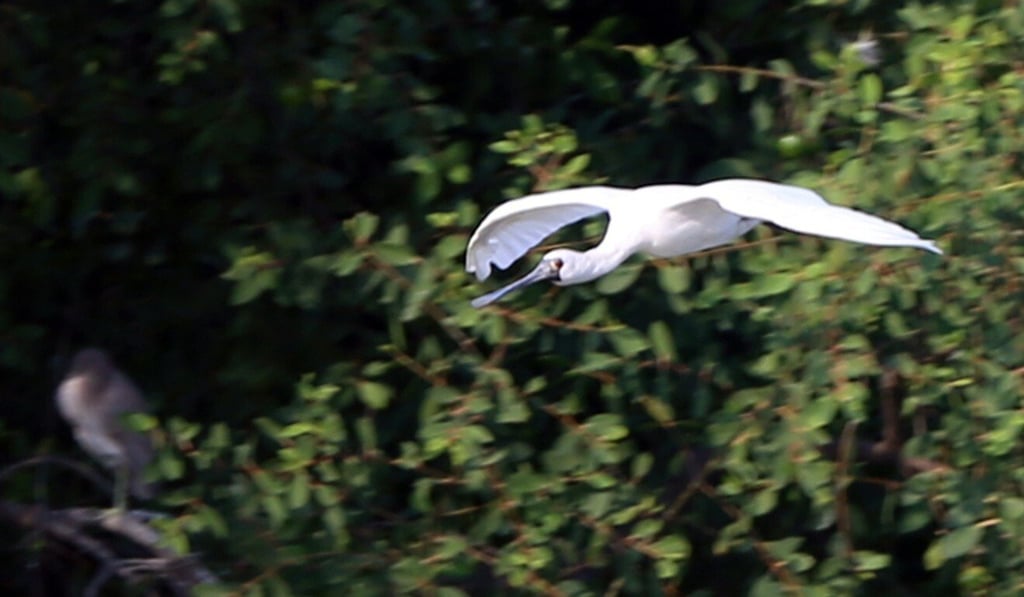Advertisement
Letters | Hong Kong wetlands must be protected, because lives depend on them
- The Mai Po wetlands, which safeguard migratory waterbirds and can act as a buffer against typhoons, must not sacrificed on the false altar of development
- The Hong Kong government must integrate wetlands into a climate adaptation strategy to save lives and livelihoods, minimise social disruption and make economic investments safer
Reading Time:2 minutes
Why you can trust SCMP
0

Hong Kong sits in the middle of the 13,000km East Asian-Australasian Flyway, a long-distance migration route for 50 million waterbirds. But now these birds are threatened with extirpation; 62 per cent of waterbird populations along the flyway are in decline, a trend indicative of the rapid loss of wetlands along the coasts from the Arctic to the Antipodes, and of the insidious erosion of biodiversity and ecosystem services threatening survival of all life on Earth.
Since 2018, the second Saturdays of May and October have been flagged as World Migratory Bird Days, to call attention to the threats to the arduous and perilous return journeys these birds undertake.
Mai Po is Hong Kong’s largest remaining wetland, and bestowed Ramsar status in recognition of its global importance to sustaining bird migrations. Conservation body WWF Hong Kong manages the nature reserve tucked within the wetland conservation area, to maintain various wetland habitats for more than 80,000 migratory birds. The black-faced spoonbill is an icon of Hong Kong’s wetlands, and Mai Po played a significant role in recovering the population from about 300 birds to over 4,000 now.
In development-hungry Hong Kong, wetlands are converted into buildings, roads and promenades, at the cost of habitat for birds to rest and refuel. Another global threat looms – climate change. Predictions show a climate change-induced sea level rise will submerge Hong Kong’s coastal areas. Warmer oceans will spawn stronger typhoons; imagine more ferocious Mangkhuts making landfall in succession, compounding the destruction. But mangroves, mudflats and coastal wetlands can act as buffers and ameliorate the impact of these storms, scientific evidence shows.
The Hong Kong government must, therefore, integrate wetlands into a climate adaptation strategy to save lives and livelihoods, minimise social disruption and make economic investments safer as we face climate change – all socio-ecological links already recognised in Hong Kong’s Biodiversity Strategy and Action Plan. This will also sustain long-distance bird migrations; a wonder of nature that has evolved over millennia.

On May 9, the first World Migratory Bird Day this year, let us take a moment to reflect on how closely bird migrations are tied to our survival. And we ask the Hong Kong government to conserve and preserve the remaining wetlands in the Mai Po conservation area. The Countryside Conservation Funding Scheme is an excellent vehicle through which this can be done, to ensure this wondrous phenomenon of nature is saved for future generations to appreciate.
Advertisement